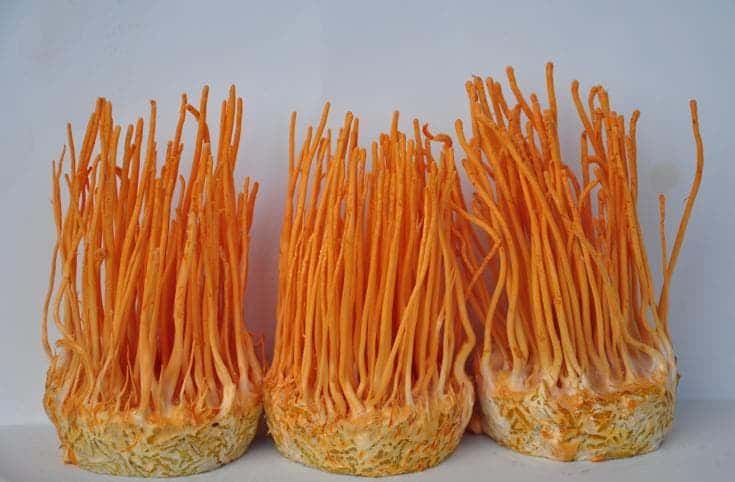
There is no shortage of traditional herbal remedies that allegedly can treat cancer. The vast majority, however, don’t hold up to scrutiny. But a fungus that has been used for centuries in Chinese medicine for its anti-cancer properties is different — it really works. Now, researchers at the University of Oxford have supercharged a compound derived from the fungus and boosted its anti-cancer potency by up to 40 times.
Cordycepin, one of the bioactive ingredients found in Cordyceps, a genus of ascomycete fungi that parasitizes the larvae of arthropods in the Himalayan region, can kill cancer cells and retard their cancerous properties, studies have previously shown.
The fungus was first recorded as Ben-Cao-Bei-Yao in 1694 and is usually called ‘Dong-Chong-Xia-Cao’ in China. There are over 400 species of Cordyceps, of which Cordyceps sinensis and Cordyceps militaris are the most broadly researched. Both Cordyceps species contain similar bioactive ingredients, including cordycepin as a major component.
A 2018 study by Chinese researchers concluded that Cordycepin, a derivative of adenosine (a signaling molecule that affects various types of cells, tissues, and organ systems) regulates the tumor microenvironment by suppressing tumor metastasis-related pathways.
However, despite its promising anti-cancer properties, Cordycepin is broken down too quickly once it hits the bloodstream. As a result, just a minute amount reaches tumors while the rest is lost.
In order to amplify its potency, researchers at Oxford University teamed up with biopharma company NuCana to devise a new chemotherapy drug and succeeded in doing so by employing a novel technology that can bypass the resistance mechanisms that break down the anti-cancer metabolites.
Called ProTide, this technology works by attaching chemical groups to nucleoside analogs like Cordycepin that are metabolized only once they reach the patient’s cancer cells. Previously, the same technology has been used in the FDA-approved antiviral drug Remsidivir, which is used to treat COVID-19.
The new chemotherapy drug, called NUC-7738, is up to 40 times more potent in killing cancer cells than the original compound derived from the Himalayan fungi. The researchers have commenced the Phase 1 clinical trial for NUC-7738, which involves cancer patients with advanced solid tumors that are resistant to conventional chemotherapy. Early results suggest the drug is well tolerated and there are signs of anti-cancer activity.
“Our study provides proof that NUC-7738 overcomes cellular resistance mechanisms and supports its further clinical evaluation as a novel cancer treatment within the growing pantheon of anti-cancer ProTides,” researchers wrote.
The findings appeared in the journal Clinical Cancer Research.
This article originally appeared on ZME Science in October 2021.









